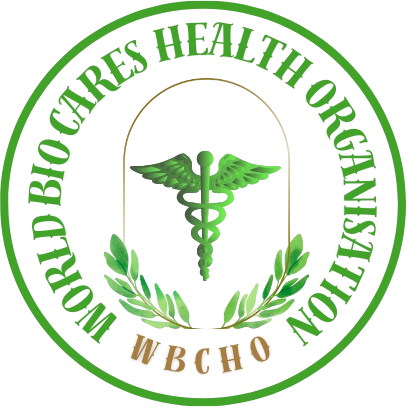CANCER
Overview
Cancer is a group of diseases characterized by the uncontrolled growth and spread of abnormal cells in the body. These cells can form tumors or invade surrounding tissues, disrupting normal bodily functions. There are over 100 different types of cancer, affecting various organs such as the lungs, breast, colon, and skin. The exact cause of cancer is often complex and can result from a combination of genetic, environmental, and lifestyle factors, including smoking, poor diet, exposure to carcinogens, and family history. Symptoms vary depending on the type and location of the cancer but may include unexplained weight loss, fatigue, pain, or changes in appearance. Early detection through regular screenings and self-exams plays a crucial role in improving treatment outcomes. Treatments for cancer include surgery, chemotherapy, radiation therapy, immunotherapy, and targeted therapies, and they are tailored to the individual based on the cancer type and stage. With advancements in medical research, cancer treatment continues to improve, offering hope for better survival rates and quality of life.
Symptoms:
The symptoms of cancer can vary widely depending on the type, location, and stage of the disease. However, some common symptoms that may indicate cancer include:
1.Unexplained Weight Loss: Sudden and unintentional weight loss without changes in diet or exercise.
2. Fatigue: Feeling unusually tired or weak, even with rest.
3. Pain: Persistent or unexplained pain in specific areas of the body, such as the back, bones, or joints.
4. Changes in Skin: Unexplained skin changes, such as the appearance of new moles, changes in the color or shape of existing moles, or yellowing of the skin (jaundice).
5. Persistent Cough or Hoarseness: A chronic cough, shortness of breath, or persistent hoarseness that doesn’t improve.
6. Difficulty Swallowing or Digestive Issues: Trouble swallowing, indigestion, nausea, or changes in bowel or bladder habits (e.g., constipation, diarrhea, or blood in urine).
7. Unusual Bleeding or Discharge: Unexplained bleeding, such as from the rectum, vagina, or urine, or unusual discharge from the nipple or other body areas.
8.Lumps or Masses: A noticeable lump or swelling in the breast, abdomen, or other parts of the body.
9.Changes in Bathroom Habits: Unexplained changes in urinary or bowel habits, such as frequent urination or blood in the stool.
10. Fever: Persistent fever, especially if it is not related to an infection.
These symptoms can also be caused by conditions other than cancer, so it’s important to consult a healthcare provider for a proper diagnosis. Early detection of cancer often leads to better treatment outcomes, so it’s important to seek medical attention if these symptoms persist or worsen.
Causes
Cancer is caused by changes or mutations in the DNA within cells that lead to uncontrolled cell growth and division. These mutations can result from a combination of genetic, environmental, and lifestyle factors. A family history of cancer can increase the risk, as inherited gene mutations can make individuals more susceptible to certain types of cancer. Lifestyle choices, such as smoking, tobacco use, excessive alcohol consumption, and poor diet, are significant risk factors, as they can damage cells and increase the likelihood of cancer. Environmental factors like exposure to harmful substances, chemicals, asbestos, and radiation also contribute to cancer risk. Infections caused by viruses such as human papillomavirus (HPV) or hepatitis B and C can increase the chances of developing specific cancers. Additionally, age plays a role, as the risk of cancer increases with age due to the accumulation of genetic mutations and the decreased ability of the body to repair damaged cells. Obesity, hormonal imbalances, and prolonged exposure to ultraviolet (UV) radiation from the sun are other contributing factors. While these causes can increase cancer risk, not everyone exposed to these factors will develop the disease, as genetics and other elements influence how cancer develops.


